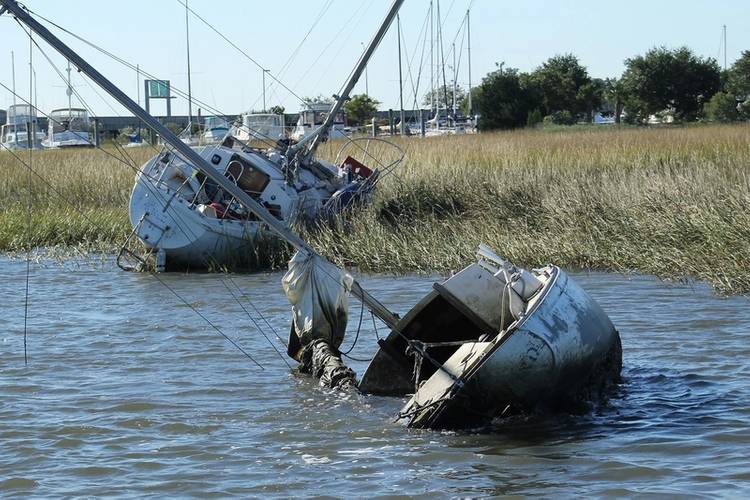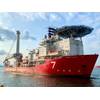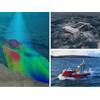NOAA has awarded nearly $1.4 million to groups across the U.S. to remove marine debris from their communities. This is the ninth year of this annual grant competition, and over that time, the program has distributed more than $10.5 million for removal projects.
This year, 13 groups received funding to remove large debris including derelict vessels, abandoned fishing gear, and other harmful marine debris from shorelines and coastal waters. Grant recipients will couple their removal efforts by working with local volunteers on prevention initiatives. The projects typically last for 24 months and create long-term ecological improvements for coastal habitats and wildlife. A list of the grants awarded can be found here.
“These grants support marine debris removal efforts across the country. Each of these removal projects will raise local awareness about this important issue,” said Nancy Wallace, NOAA’s Marine Debris Program director. “These community-based projects address damage marine debris causes to coastal habitats and reduce the effect marine debris has on wildlife.”
Funding for the grants comes through the annual NOAA Marine Debris Program’s Community-based Marine Debris Removal grant competition that supports locally driven, community-based marine debris prevention and removal projects.
"Working with partners to remove and prevent marine debris in our coastal waters is an example of NOAA’s strong commitment to coastal resilience,” said Russell Callender, Ph.D., acting assistant NOAA administrator for the National Ocean Service.
The NOAA Marine Debris Program is now accepting applications for the 2016 round of grants. Applications are due November 2.




















 February 2024
February 2024



